About us
AnalyzeReligions.fyi is a not-for-profit nonpartisan site which uses data analytics to analyse religions.We have no association with any religious or political group.Our purpose is to help identify if religions are following articles under international conventions and declarations on human and animal rights.The site not only does not promote any religion, but is also not hostile to religion. We support the rights of atheists, Christians, Hindus, Jews, women, consenting adults, Muslims and anyone else on the planet to live as they wish without violating the rights of others.AnalyzeReligions condemns any attempt to harm or harass anyone in relation to their religious beliefs anywhere in the world. Every person is entitled to be treated as an individual and judged only by his or her own words and deeds rather than stereotyped.We also do not condone any act of vandalism against religious property, nor condone attacks by believers against someone for criticising their religion.All people benefit from the freedom to speak and criticise. We wish to identify areas that appear to warrant investigation.One of the main purpose of this site is to challenge the assumption that all religion is the same.Who are you? Someone who supports the freedom of individual's to determine their own meaning in life.What religion are you? Agnostic.Any feedback would be appreciated.
Methodology
Data Collection
Raw (Unstructured) DataWe have two sources of raw data:The religion's most sacred text (as each religion is defined it's scripture).
For Islam is the Quran, not Hadith or Sira - because the Quran 69:51 says it is "an absolute truth with certainty".There are often many versions and/or translations of sacred texts, we use the version that is generally faithful to the original language e.g. for Islam that is the Noble Quran, a recent translation by Islamic scholars.Our second source of raw data is the United Nations' International Convention / Declarations.Structured DatasetsWe organised the above raw data into tabular form and neatly formatted datasets.We introduced the quantitative measure of 'controversy' from the internet for our analysis. In statistics a larger sample size, increases confidence in the accuracy of estimates. It reduces the margin of error and makes conclusions more reliable.TechnicalWe used the large language model (LLM) with two prompts — a main prompt and a scoring prompt. Then, we used some international standard references to independently analyze each verse.LLM is a type of artificial intelligence (AI) that excels at processing, understanding, and generating human language. LLMs are useful for analyzing, summarizing, and creating content across many industries.We preprocessed the Quran CSV file through a rigorous data cleaning and structuring — including language normalization, removing duplicates, and resolving inconsistencies — to ensure that the AI model receives high-quality, analyzable input.AI then classified each verse based on issue types, relevance to international standards, and severity, producing a multi-dimensional annotated dataset.
'Controversy' - a Quantitative Measure
We used AI and introduced a new[?] quantitative measure named 'controversy' for analysing religion.A measure of 'Controversy' may have less potential for bias as a large quantity of data is sourced from the internet 1, when compared to risk of bias with other analysis types (not all types listed):
Semantics: Bias in naming, concept, sense and reference
Theology: Bias in text reflecting a person's theological framework
Psychology: Bias in tendency or prejudice toward or against something or someone
Input to ChatGPT: Produce a graphical representation of how controversial the top five ranked religions are based on their alignment with international human/animal rights
standards.Steps:1. Define Key MetricsTo quantify controversy, AI considered: ● Legal & Social Debates: Number of lawsuits, bans, or disputes related to the religion. ● Human Rights Concerns: Issues related to gender equality, freedom of belief, LGBTQ+ rights, etc. ● Animal Rights Compliance: Treatment of animals in religious practices e.g. dietary laws, ritual sacrifices. ● Online Discussions: Frequency and sentiment of discussions in social media and news.2. Data Collection Approach ● Web scraping or surveys to gauge online controversy levels. ● Reports from human rights organizations e.g., UN, Amnesty International. ● Social media analytics e.g., Twitter sentiment analysis.3. Visualization Style - Options ● Heatmap: Showing controversy levels across different rights categories. ● Bar Chart: Ranking religions based on controversy scores. ● Bubble Chart: Showing controversy severity vs. adherence to human/animal rights.HeatmapThe visualisation style is to be a heatmap showing controversy levels in a total by each of the top five religions, structured as follows:1. Key Metrics Related to Human Rights ConcernsAssess each religion based on its stance and controversies in the following areas:Each religion to receive a controversy score for each category based on the data
collected.2. Data Collection Tools & ApproachesTo ensure comprehensive and unbiased data collection, use multiple sources, including: (1) Web Scraping & Social Media Analysis ○ Collect public sentiment from Twitter, Reddit, and news articles using sentiment analysis. ○ Measure frequency of debates, controversies, and protests involving each religion. (2) Human Rights Reports ○ Use data from organizations like Amnesty International, UN Human Rights Council, and Human Rights Watch. ○ Extract documented cases of human rights violations linked to religious practices. (3) Legal & Policy Analysis ○ Identify laws influenced by religious beliefs that impact human rights e.g., blasphemy laws, restrictions on women’s rights. ○ Compare policies across countries where these religions are dominant. (4) Surveys & Polls ○ Conduct online surveys to gather public opinions on perceived religious controversies. ○ Use Google Trends and academic studies on religious influence on human rights.3. Visualization Style: Heatmap ● The heatmap will represent controversy intensity for each religion across the six key categories. ● Darker shades will indicate higher controversy levels, while lighter shades will indicate lower controversy. ● The x-axis will list the five religions, and the y-axis will list the six key metrics.Instructed AI to create a heatmap using real-world data to show controversy levels for the top five religions based on human rights concerns.The darker red shades indicate higher controversy, while lighter shades indicate lower controversy.
Footnote:1 Brink, T.L. 1995. 'Quantitative and/or qualitative methods in the scientific study of religion'. Zygon 30: 461–475.
in Storm, I. 2020/04. 'Researching religion using quantitative methods'. Institute for Social Change, University of Manchester p.1 para.1Top Data Analytics Terms You Should Know, 23 Jan 2025 https://businessanalyst.techcanvass.com/data-analytics-terms/
Islam
Analysis & Findings
Our analysis and findings are set out below above each of charts below:
Table of Charts1. Controversy Levels of Top Five Religions Based on Human Rights Concerns (using Real-World Data)2. Count of Quran Verses Controversial vs Non-Controversial Verses3. Percentage of Quran Verses Controversial Verse Proportion4. Severity Trend Across Chapters in the Quran5. Issue Counts of Quran Verses per Category6. Controversy Heatmap per Chapter and Verse7. Controversy Heatmap per Chapter and Verses (Chapter Length Marked)8. Top 10 Severe Controversial Quran Verses9. Radar Chart of Quran Compliance with International Standards10. Top 10 International Standards Violations
Chart 1. Controversy Levels of Top Five Religions Based on Human Rights Concerns (using Real-World Data)
This heatmap chart visualizes the controversy levels of the top five religions based on their alignment with human rights concerns requires comprehensive data collection from reputable sources.Islam is ranked top by human rights concerns, followed by: Christianity, Hinduism, Judaism and Buddhism.
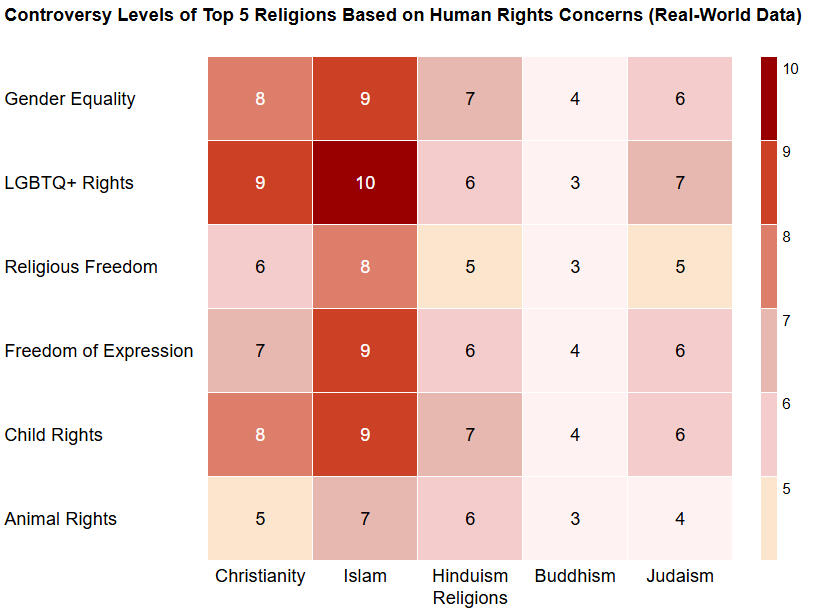
MethodBelow is our structured approach to gather real-world data for this analysis:1. Key Metrics Related to Human Rights ConcernsWe will assess each religion based on its stance and controversies in the following areas:Gender Equality:Stance on women's rights, including leadership roles and legal rights.LGBTQ+ Rights:Acceptance of LGBTQ+ individuals, same-sex marriage, and related legal protections.Religious Freedom:Tolerance towards other faiths and the freedom to change one's religion.Freedom of Expression:Reactions to criticism, presence of blasphemy laws, or instances of censorship.Child Rights:Practices affecting children, such as early marriage and corporal punishment.Animal Rights:Treatment of animals in religious rituals and dietary laws.2. Data Collection ApproachesTo ensure a comprehensive and unbiased analysis, we will utilize multiple data sources:Human Rights ReportsAmnesty International and Human Rights Watch:These organizations provide detailed reports on human rights practices worldwide. For instance, Human Rights Watch has documented discriminatory policies leading to religious violence in India.
HRWUnited Nations DocumentsUN Human Rights Council Reports:Offer insights into human rights violations linked to religious practices. A UN expert raised alarms over serious human rights violations against religious minorities in conflict situations.OHCHRAcademic JournalsOxford Journal of Law and Religion:Discusses limitations to religious freedom and related controversies. An article in this journal rethinks key approaches to justifying limits to religious practices.OUP ACADEMICLegal Case StudiesIndian Judiciary:Examines cases related to religious freedom, such as the balance between religious practices and constitutional rights. Notable cases include those that address the rights of religious and linguistic minorities.ADF INDIANews OutletsAssociated Press:Reports on legal actions against religious organizations, such as the dissolution of the Unification Church in Japan due to manipulative practices.AP NEWSThe Guardian:Covers instances of religious groups intimidating critics, highlighting issues related to freedom of expression.THE GUARDIANGovernment PublicationsParliamentary Reports:For example, the Australian Parliament has documented violations of religious freedom, providing official insights into the interplay between religion and human rights.HOME3. Visualization Style: Heatmap Design:The heatmap will display controversy intensity for each religion across the six key categories. Darker shades will indicate higher controversy levels, while lighter shades will represent lower controversy.Axes:The x-axis will list the five religions, and the y-axis will enumerate the six human rights categories.Next StepsData Compilation:Aggregate findings from the aforementioned sources to assign controversy scores to each religion across all categories.Data Visualization:Utilize tools like Python's Seaborn library to create the heatmap based on the compiled data
Chart 2. Count Quran Verses Controversial vs Non-Controversial Verses
This chart shows that less than 1000 of the 6236 total number of verses in the Quran are controversial.
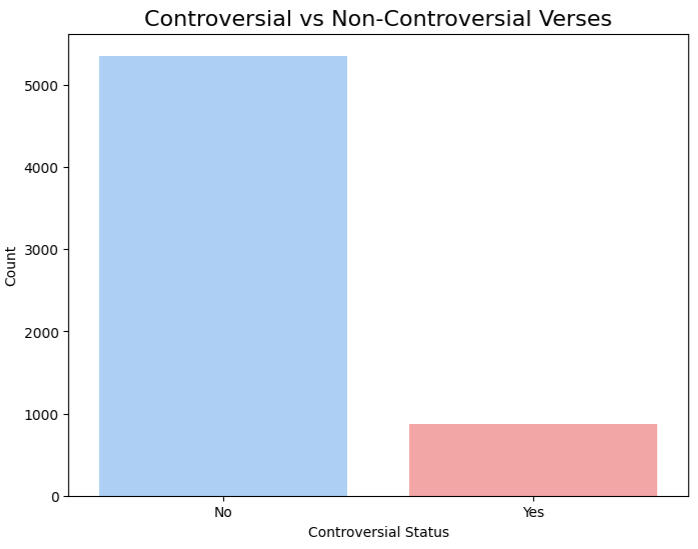
Chart 3. Percentage of Quran Verses Controversial Verse Proportion
This chart shows that 14.1% of total number of verses in the Quran are controversial.
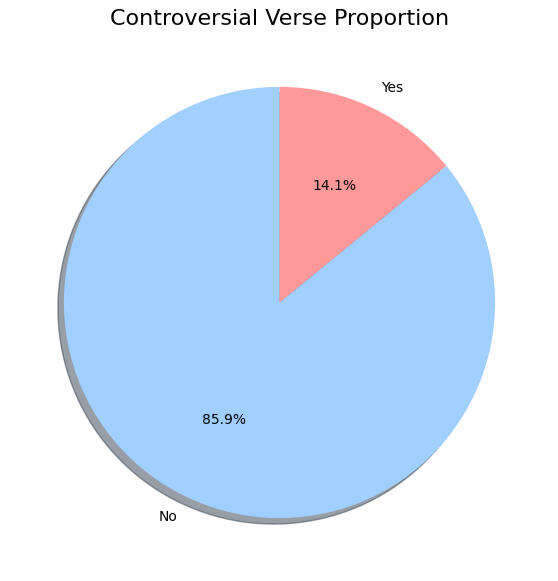
Chart 4. Severity Trend Across Chapters in the Quran
This chart shows deviation from the average severity of controversy by chapter.Out of a total number of 142 chapters in the Quran, two chapters had a high level of controversy.
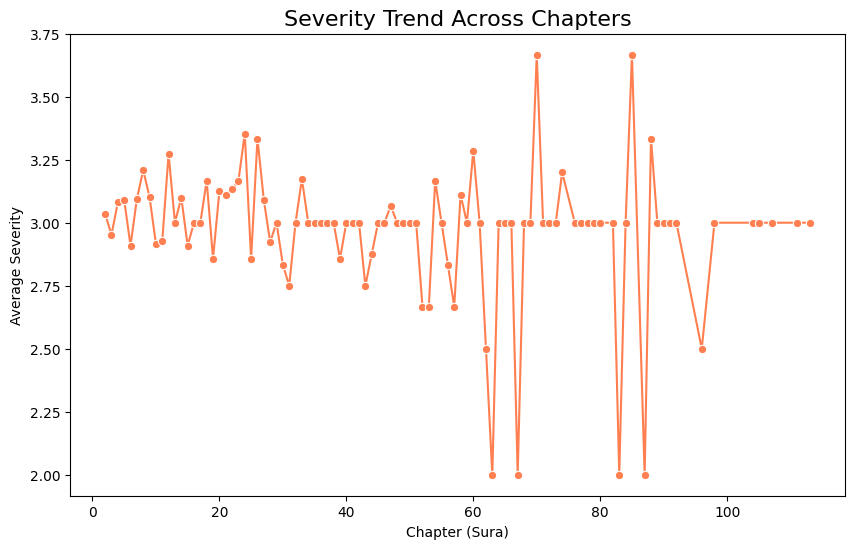
Chart 5. Issue Counts of Quran Verses per Category
This chart shows that the following four categories in the Quran comprised the majority of issues (ranked from highest to lowest number of issues):
Religious Restriction re: Ethics
Religious Restriction re: Society
Violence
Human Rights Violation
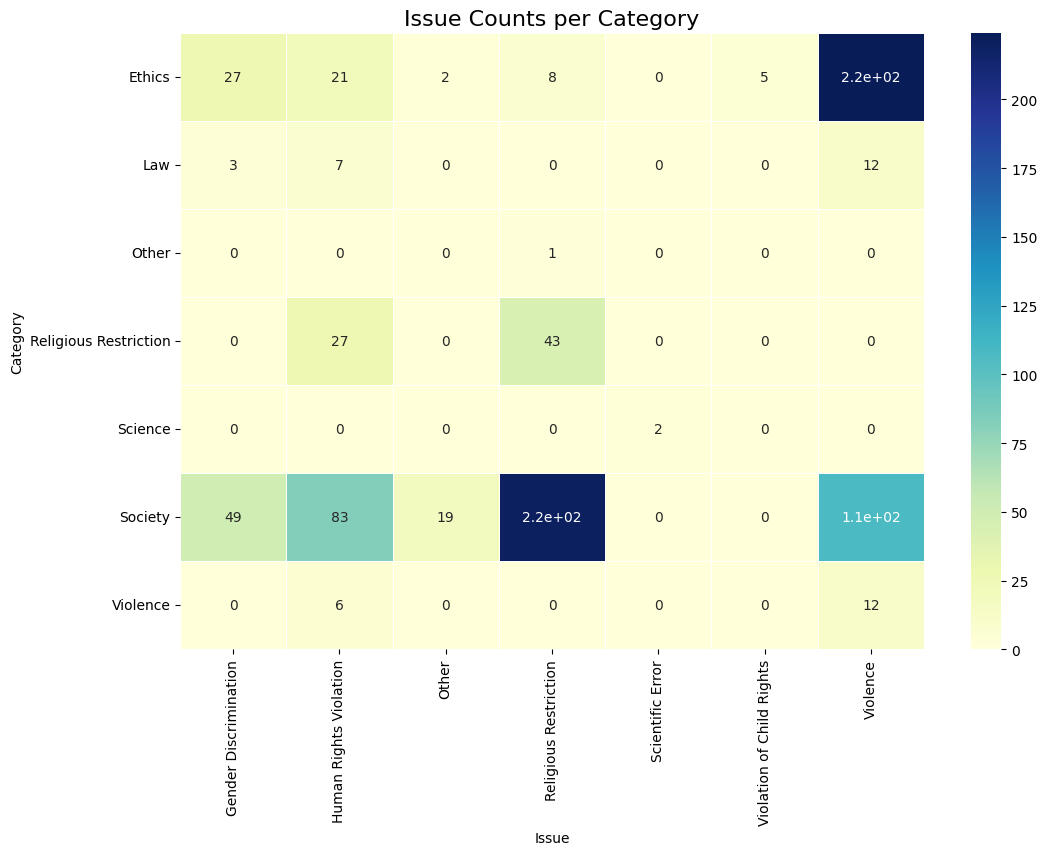
Chart 6. Controversy Heatmap per Chapter and Verse
This chart depicts the intensity of controversy by chapter and verse of the Quran.
Chapters with the highest controversy by verse (in approximate rank highest to lowest):
2 Al-Baqarah
26 Ash-Shu'ara
3 Aal-'Imran
7 Al-A'raf
37 As-Saffaat
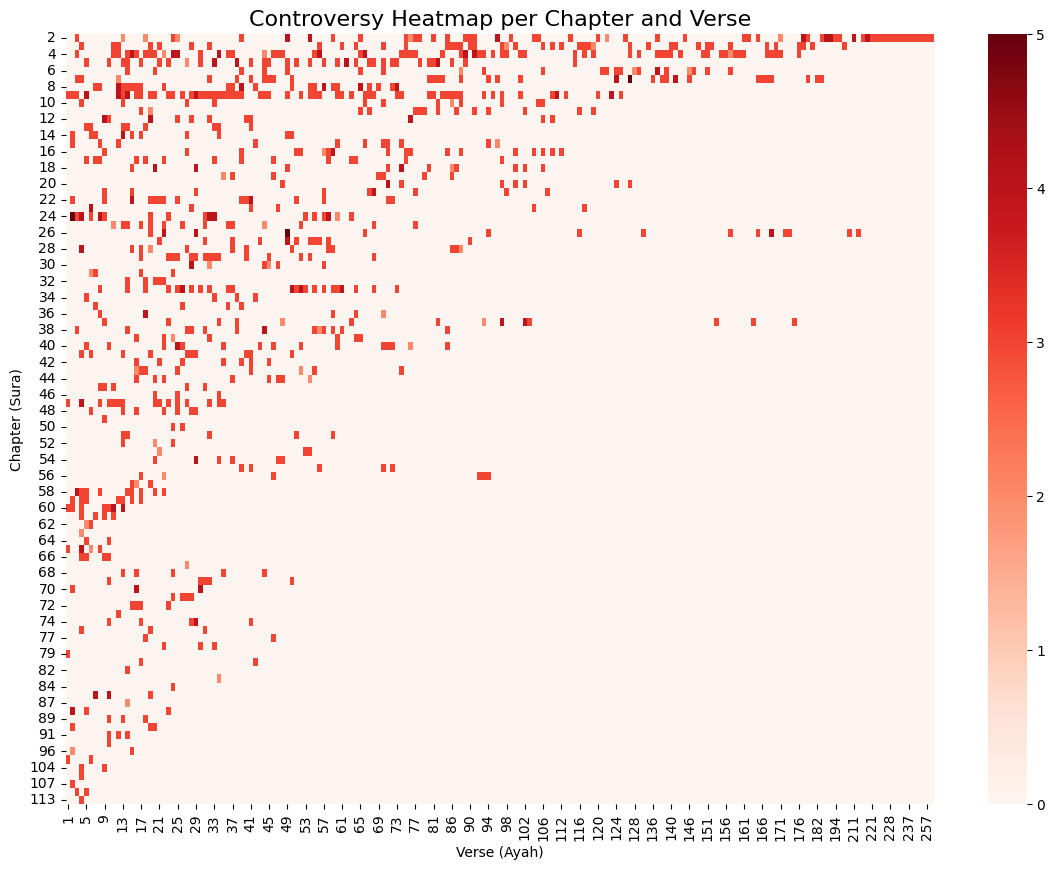
Chart 7. Controversy Heatmap per Chapter and Verses
(with Chapter Length Marked)
This chart shows the number of verses in each chapter and confirms that the observations in chart 5 were accurate.Few chapters have no controversy.Chapter 9 Sura At-Taubah (The Repentance) appears to have the highest level of controversy.
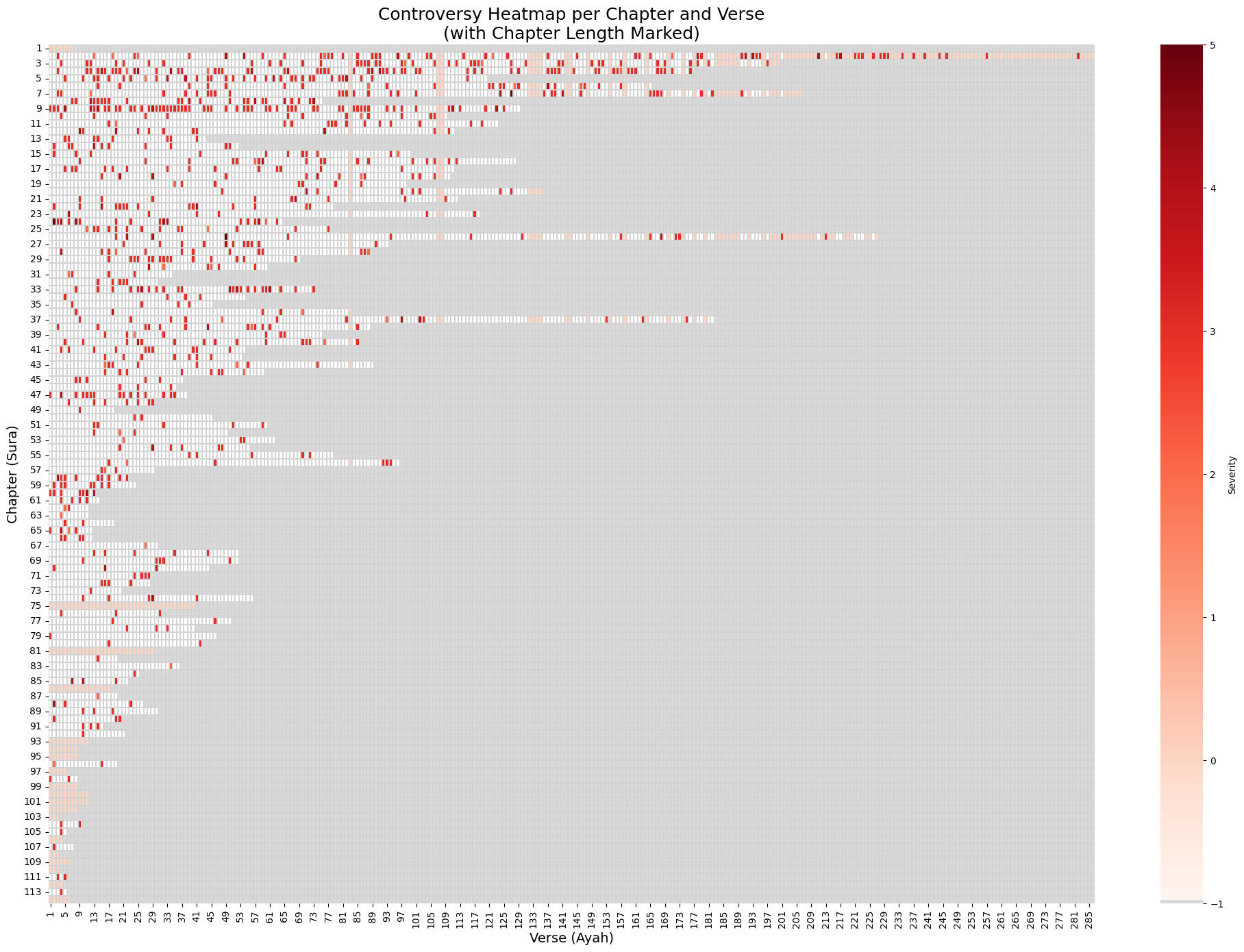
Chart 8. Top 10 Severe Controversial Quran Verses
The chart shows the top ten verses by severity of controversy:Three verses have the highest (equal) level of controversy:24:2 The woman and the man guilty of illegal sexual intercourse, flog each of them with a hundred stripes. Let not pity withhold you in their case, in a punishment prescribed by Allah, if you believe in Allah and the Last Day. And let a party of the believers witness their punishment. (This punishment is for unmarried persons guilty of the above crime but if married persons commit it, the punishment is to stone them to death, according to Allah's Law).26:49 [Fir'aun (Pharaoh)] said: "You have believed in him before I give you leave. Surely, he indeed is your chief, who has taught you magic! So verily, you shall come to know. Verily, I will cut off your hands and your feet on opposite sides, and I will crucify you all."7:127 The chiefs of Fir'aun's (Pharaoh) people said: "Will you leave Musa (Moses) and his people to spread mischief in the land, and to abandon you and your gods?" He said: "We will kill their sons, and let live their women, and we have indeed irresistible power over them."Seven verses had a high level of controversy but lower than the top three verses:5:33 The recompense of those who wage war against Allah and His Messenger and do mischief in the land is only that they shall be killed or crucified or their hands and their feet be cut off on the opposite sides, or be exiled from the land. That is their disgrace in this world, and a great torment is theirs in the Hereafter.9:111 Verily, Allah has purchased of the believers their lives and their properties; for the price that theirs shall be the Paradise. They fight in Allah's Cause, so they kill (others) and are killed. It is a promise in truth which is binding on Him in the Taurat (Torah) and the Injeel (Gospel) and the Qur'an. And who is truer to his covenant than Allah? Then rejoice in the bargain which you have concluded. That is the supreme success .9:123 O you who believe! Fight those of the disbelievers who are close to you, and let them find harshness in you, and know that Allah is with those who are the Al-Muttaqun (the pious - see V.2:2).4:91 You will find others that wish to have security from you and security from their people. Every time they are sent back to temptation, they yield thereto. If they withdraw not from you, nor offer you peace, nor restrain their hands, take (hold) of them and kill them wherever you find them. In their case, We have provided you with a clear warrant against them.4:89 They wish that you reject Faith, as they have rejected (Faith), and thus that you all become equal (like one another). So take not Auliya' (protectors or friends) from them, till they emigrate in the Way of Allah (to Muhammad). But if they turn back (from Islam), take (hold) of them and kill them wherever you find them, and take neither Auliya' (protectors or friends) nor helpers from them.26:168 He said: "I am, indeed, of those who disapprove with severe anger and fury your (this evil) action (of sodomy).4:34 Men are the protectors and maintainers of women, because Allah has made one of them to excel the other, and because they spend (to support them) from their means. Therefore the righteous women are devoutly obedient (to Allah and to their husbands), and guard in the husband's absence what Allah orders them to guard (e.g. their chastity, their husband's property, etc.). As to those women on whose part you see ill-conduct, admonish them (first), (next), refuse to share their beds, (and last) beat them (lightly, if it is useful), but if they return to obedience, seek not against them means (of annoyance). Surely, Allah is Ever Most High, Most Great.
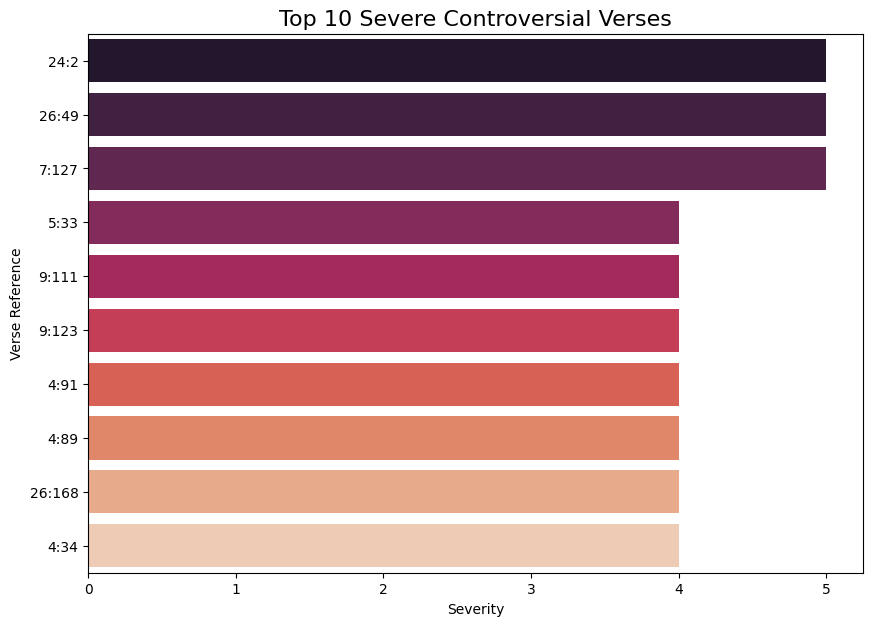
Chart 9. Radar Chart of Quran Compliance with International Standards
This chart shows Quran compliance with thirty two Articles of United Nations International Declarations and Conventions. Of those, the Quran is:
not fully compliant with any
partly compliant to all
least compliant with five (listed below)
UN Charter Article 2 Para 4
All Members shall refrain in their international relations from the threat or use of force against the territorial integrity or political independence of any state, or in any other manner inconsistent with the Purposes of the United Nations.UDHR Article 4
No one shall be held in slavery or servitude; slavery and the slave trade shall be prohibited in all their forms.CRC Article 1
For the purposes of the present Convention, a child means every human being below the age of eighteen years unless under the law applicable to the child, majority is attained earlier.CRC Article 6
1. States Parties recognize that every child has the inherent right to life.
2. States Parties shall ensure to the maximum extent possible the survival and development of the child.CCPR Article 8 No one shall be held in slavery; slavery and the slave-trade in all their forms shall be prohibited. No one shall be held in servitude.
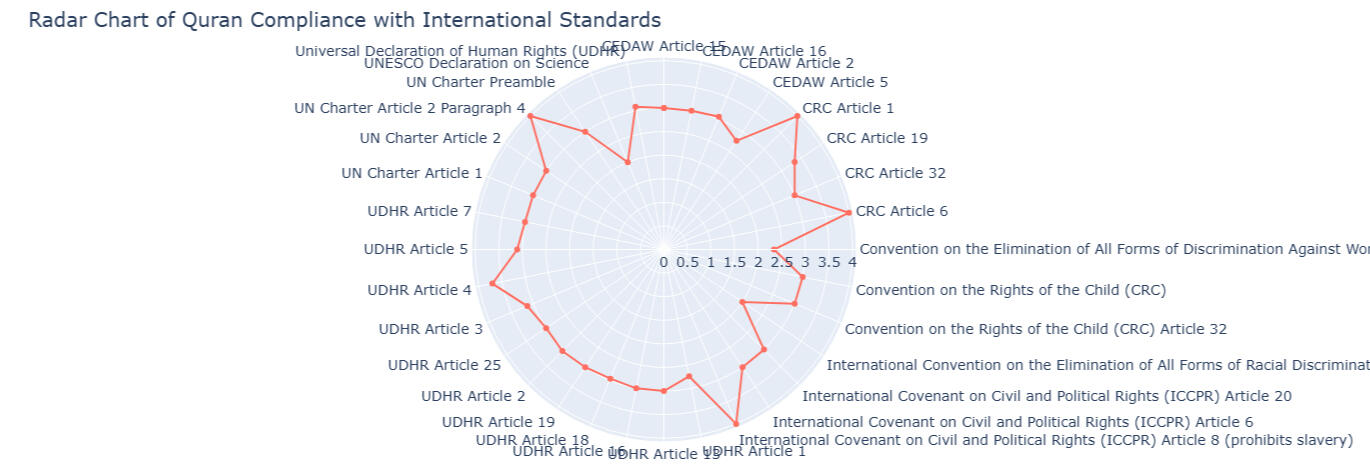
Chart 10. Top Ten International Standards Violations
This chart shows the top ten United Nations International Declarations and Conventions which have the highest number of violations in the Quran.The International standards most severely (top 5 by ranking) violated by the Quran is the UDHR:Article 18 'Everyone has the right to freedom of thought, conscience and religion; this right includes freedom to change his religion or belief, and freedom, either alone or in community with others and in public or private, to manifest his religion or belief in teaching, practice, worship and observance.'Article 3 'Everyone has the right to life, liberty and security of person.'Article 5 'No one shall be subjected to torture or to cruel, inhuman or degrading treatment or punishment.'Article 2 'Everyone is entitled to all the rights and freedoms set forth in this Declaration, without distinction of any kind, such as race, colour, sex, language, religion, political or other opinion, national or social origin, property, birth or other status. Furthermore, no distinction shall be made on the basis of the political, jurisdictional or international status of the country or territory to which a person belongs, whether it be independent, trust, non-self-governing or under any other limitation of sovereignty.'Article 1 'All human beings are born free and equal in dignity and rights. They are endowed with reason and conscience and should act towards one another in a spirit of brotherhood.'
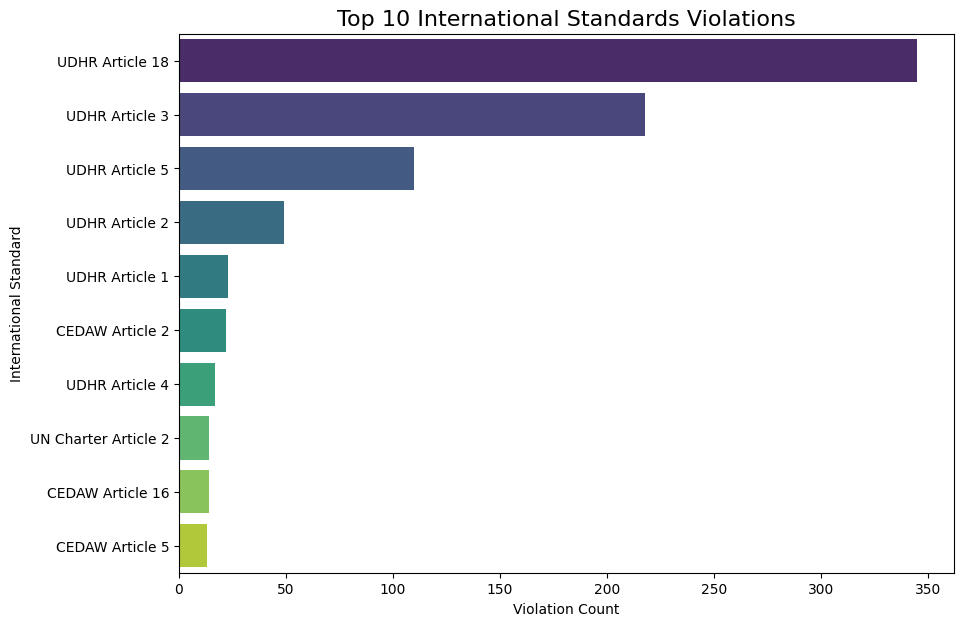
Contact us
analyzereligions.fyi
Your comment means the world to us !
E-mail: [email protected]
Pages completed or under development
Completed
Under Development
Christianity
Hinduism
Buddhism
Donations will speed up further analysis
Hello,If the knowledge you gained here was valuable and/or you would like to see pages completed for Christianity, Hinduism and Buddhism then could you please consider donating.A Data Analyst was employed to assist with analytical queries. We created this website using ChatGPT, CARRD.CO and referencing data categories for the Quran and UN Declarations/Conventions on various websites.Thank youE-mail: [email protected]25 March 2025
Text
